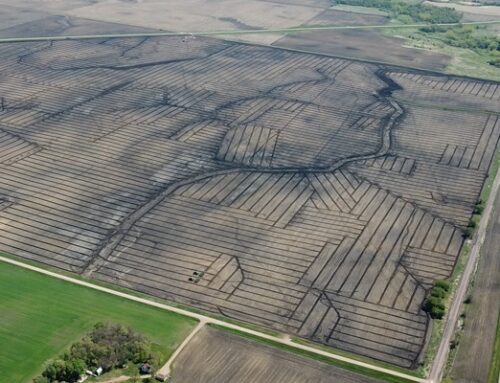Common misconceptions about directional drilling often deter landowners and ag professionals from harnessing this advanced technique’s true potential. Myths surrounding its complexity, cost, and environmental impact can loom large, creating unwarranted hesitations.
This article will dispel these myths with validated information, demonstrating how directional drilling can be an incredibly efficient and eco-friendly cornerstone for modern agriculture.
Myth #1: Directional Drilling is Complicated
Contrary to popular belief, directional drilling is not as complicated as it may seem. While the equipment and technical aspects may seem intimidating initially, modern technology has simplified it beyond traditional methods.
With advanced systems, directional drilling can be precisely planned and executed efficiently. This enables the more precise positioning of pipelines, leading to operations that are both more efficient and cost-saving overall.
Also Read: Strategies for Risk Mitigation in Directional Drilling
Myth #2: Directional Drilling is Only Suitable for Large-Scale Operations
While directional drilling is beneficial for large-scale agricultural operations, it is equally applicable to smaller plots of land. The flexibility of this method allows farmers with varying land sizes to enjoy the precision and efficiency it offers. Whether you have extensive acreage or a modest farm, directional drilling can be tailored for specific requirements, making it a versatile solution for agriculture of all scales.
Myth #3: It is Detrimental to the Environment
Directional drilling is often less invasive than traditional drilling methods. This technology is designed to minimize surface disruption, protecting the local ecosystem. Making underground tunnels reduces the need for extensive excavation, thus preserving the natural landscape and causing less harm to wildlife habitats. Furthermore, it mitigates the risk of soil erosion and contamination, which can result from more conventional ag practices. This makes directional drilling a more sustainable option to support long-term environment health.
Myth #4: Directional Drilling Compromises Soil Integrity
In ag business, soil is a precious resource that must be carefully maintained to ensure continued productivity. There is often a concern that directional drilling may disrupt the integrity of the soil and lead to decreased crop yields. However, this is not the case.
Directional drilling can help improve soil health by reducing the tilling required for planting and avoiding soil compaction caused by heavy machinery. This improves root penetration and nutrient absorption, leading to healthier crops and higher yields.
Myth #5: Directional Drilling Requires No Planning or Expertise
Like any ag practice, directional drilling requires planning and expertise to be executed successfully. It involves assessing the land and soil conditions, understanding the crop rotation plan, and determining the best drilling paths to maximize efficiency and minimize disruption.
Additionally, directional drilling requires specialized equipment and trained personnel to operate correctly. Farmers must also continuously monitor the tunnels for potential issues or obstructions affecting their crops. Planning and drilling expertise are crucial for a successful directional drilling operation.
Looking for Professional Drilling Services?
Hodgman Drainage Company, Inc. provides professional directional drilling services and can help dispel misconceptions about this sustainable and efficient ag practice. Our team has years of experience in directional drilling, and we are committed to providing innovative solutions for efficient and productive farming. We follow safety protocols and adhere to the highest standards in our industry.
Contact us today to learn more about our services and how we can assist with your directional drilling needs.



